Nicolae Comănescu is one of most renowned Romanian artists to date. He graduated the University of Fine Arts in Bucharest and is one of the founding members of the Rostopasca group. A monographic show dedicated to his life’s work took place at the National Museum of Contemporary Art in Bucharest in 2011. His works have been exhibited in Germany, Italy and Austria as part of personal shows. Arte TV channel produced a documentary about Bucharest in 2014 and Nicolae Comănescu is one of the protagonists.
Raluca Betea has done an interview with the artist about his personal show I can see no revolution at Petra Nostheide-Eÿcke gallery in Düsseldorf between October 22nd 2014 – January 21st 2015 with the help of ICR Berlin.
Raluca Betea: Revolution – a hot and extremely current subject in the context of world protests in recent years, starting with the Arab Spring, recent conflicts in Ukraine, and so on. Furthermore, 2014 marked 25 years since the events that took place in Romania in ’89 and the “peaceful revolution” of Germany. What can you tell us about the title you chose? What was the starting point for picking out this theme? Could you give us more details about this exhibition?
Nicolae Comănescu: I can’t exactly recall what the starting point was. Ever since childhood, I had difficulties in understanding history. When I was in 3rd grade I discovered that “history was written by the winners”. I used to have heated discussions with my grandfather about everything, from the Dacian and Roman wars to what we heard on Radio Europa Libera (Free Europe radio station) and Vocea Americii (The voice of America) versus the official propaganda of those communist years. The old man was trying to clear things up for a nephew who was looking back on history for the first time, but he only managed to confuse the child even more. Things weren’t simple, they had more than one meaning, “Freedom” wasn’t really freedom, “Justice” wasn’t really justice, “Value” wasn’t real value, “Gold” wasn’t exactly gold, speeches could be interpreted in many ways and there were numerous speeches about the same event; even I could learn from a very young age that it is better to speak at school in a different way than at home, although I struggled with this at first. Things fell into place much later (the latest being when I took part in the 2013 Roșia Montană protests against the gold mine project). I became aware of all the connections I made between all sorts of revolutions, riots and demonstrations I was personally part of in one way or another: “The national and social anti-fascism and anti-imperial freedom revolution of 1944” that I learned about in school and felt its outcome for 20 years, the Brașov workers’ riot in November 1987, “The Romanian Revolution” or the anti-communist fights and demonstrations of December 1989, the “Golaniada” or the “University square happening” or the giant anti-communist demonstration of April 22nd – June 15th 1990, the 6 “Mineriade” that I witnessed between January 1999 and February 1999 and the protests against the Roșia Montană project in September 2013. I witnessed firsthand how, in time, a revolution becomes a coup d’etat, how just after the birth of civil society everything is torn apart by civil war, how the mask of democracy conceals the most atrocious type of corruption, how corruption makes way for apathy, how double language appears and dissipates in many forms, how hope is born and then dies with each new generation, I’ve seen a kind of matrix for the invention of “the common good” and its transformation into nothingness. I felt as if we are a species whose days depend on the need for food, with each generation growing twice as big as the last under the pressure of sexual instinct, and every following generation is mesmerized by the allure of a revolution that is expected to have meaning, significance and progress. And it misses every time. I have a feeling that the social magma doesn’t have a proper engine, but is rather like water – it appears to be moving by itself, but it is under the influence of winds and the moon – society sees giant storms that sometimes prove to not be storms at all.
I have a feeling there was no revolution. Even though I was there, I saw it, I counted the bullet holes in the walls, I’ve seen the statistics, the cemeteries filled with the dead, but the significance and the effects of the passing storm – if it was ever real – don’t linger on the beach we stand today. The price of gold keeps rising and falling just like it did in the Roman times, the “Arab Summer” causes the media to stir as if it was “The Romanian Revolution”, new activists of good have just discovered the root of all evil and we are innocently preparing ourselves to once and for all punish the “baboons” of the Caliphate for their new crimes against humanity. There is no clear concept for the Düsseldorf show. There is no reasoning, no argument development and empiric results. It’s rather a sort of travel journal, a collection of notes. It is a failed attempt to break free from the matrix. Through history. I don’t jump to conclusions, I observe contradictions, I see transformation.
The show consists of older works and the end result of a performance in which you painted the gallery’s walls over the course of a few weeks. How did this “site specific art” happen?
The paintings in the series I can see no revolution were exhibited in the Petra Nostheide-Eÿcke in Düsseldorf, a gallery with beforehand painted walls. The paintings on the walls were an extension of the paintings on the canvas – together, they create a complex, dynamic, heavy atmosphere. There were all sorts of reactions, some of which were very amusing. A lady congratulated me on the painted walls, but when she realized I was about to hang the paintings as well, she asked me not to ruin a good thing by covering the walls with the works that were scattered all over the floor. She got very upset when she heard the paintings were also going up. It isn’t the first time when I am looking for a way to escape the bi-dimensionality of the canvas and obtain a richer show through the use of scenography – it’s better than the static offer of a gallery. I first started doing this in 2012 for the RHEIN exhibition I had as part of the collaboration with Kulturamt Düsseldorf and the Cultural Center at the Brâncovenești Palaces in Mogoșoaia, and I continued to work this way and exhibit my work in a site-specific intervention.
How was the show received? What were the reactions of the wide audience as well as the specialists who visited the gallery?
The public’s reaction was very clear. They were all every interested in my paintings and they wanted to find out what happened after the 1989 revolutions in Eastern Europe. Most were well informed about contemporary art as well as recent North African revolutions and the left wing revolutions of the 70s. I also loved the fact the people weren’t judgmental and rather direct in approaching me.
Do you intend to present this project in Romania as well? Do you think that the Romanian public would receive a different message than the German public?
There is a plan to bring the I can see no revolution show from the Petra Nostheide-Eÿcke gallery in Düsseldorf to the H’art gallery in Bucharest and exhibit it alongside works from SAMBAdy must dye in this CITY in spring 2015. We are looking for funding and spaces. I think the Romanian public is trained and knowledgeable.
What about the near future? What other projects are you working on?
I am planning a new show in Berlin with the Petra Nostheide-Eÿcke gallery in fall 2015. I am also planning a show for the H’art gallery in Bucharest in the same time frame. The common theme for these two events is a sort of sequel to I can see no revolution and SAMBAdy must dye in this CITY.
Nicolae Comănescu I can see no revolution was at Galeria Petra Nostheide-Eÿcke, Düsseldorf between 22 October 2014 – 21 January 2015.
POSTED BY
Raluca Betea
Raluca Betea studied History and History of Art at the Babeș-Bolyai University in Cluj Napoca. She has a PhD in History from the same institution and the Università Cattolica del Sacro Cuore in Mila...
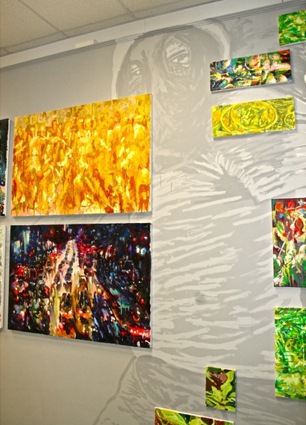
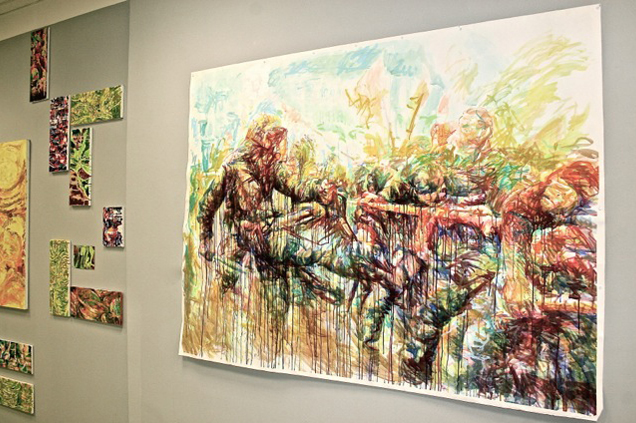

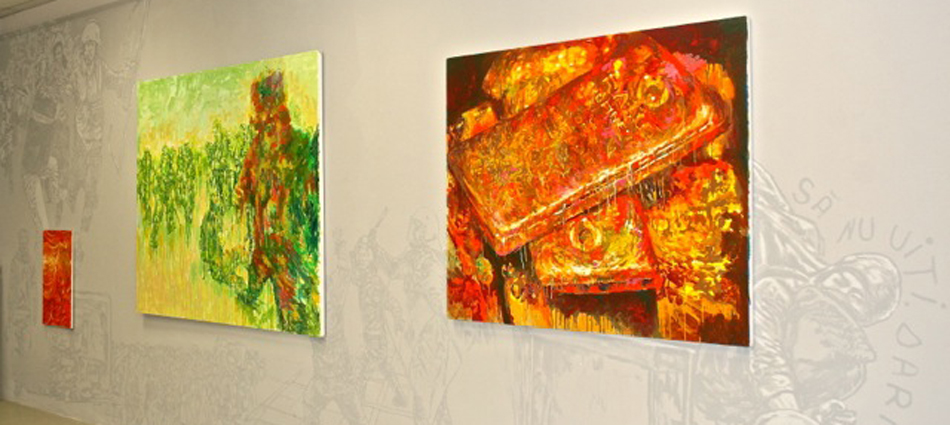
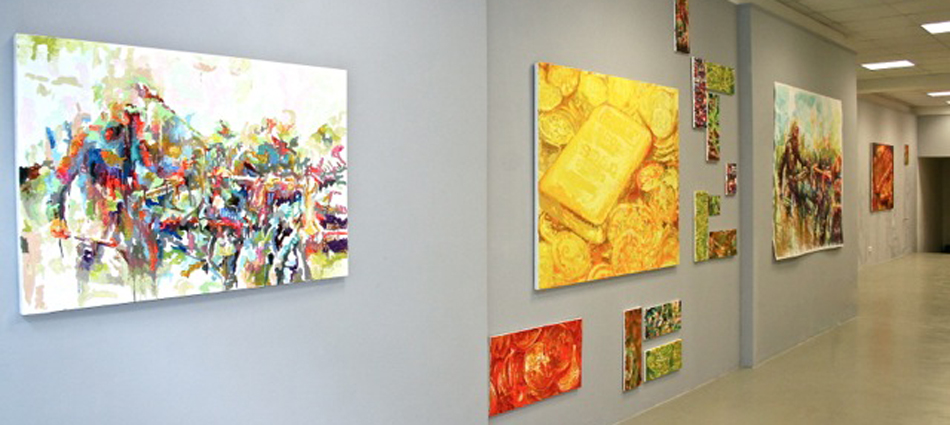
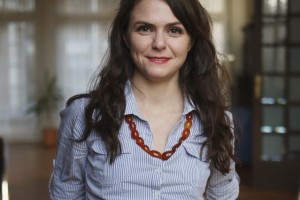
1 Comment
.